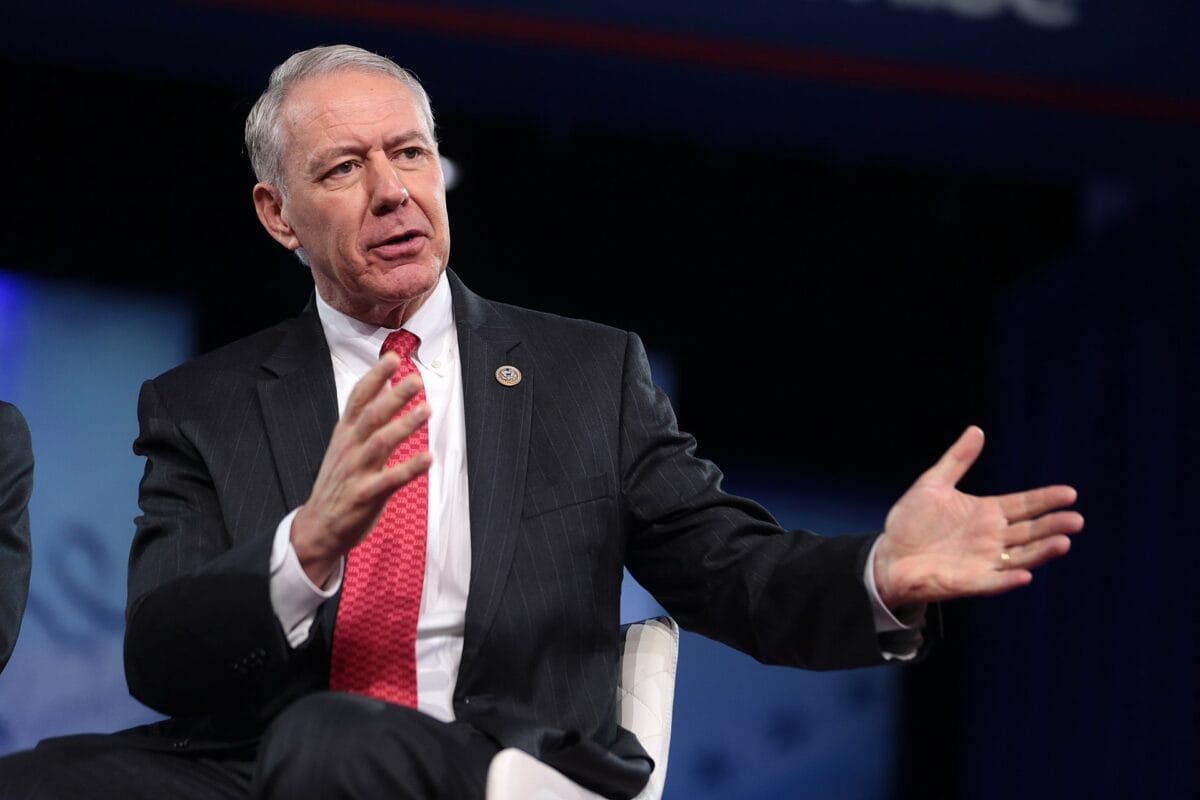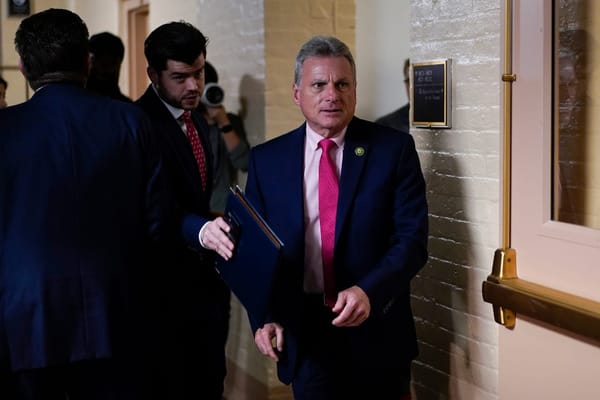House Votes to Ban TikTok, Revising Broadband Speed Goals, Rural Mississippi Infrastructure Investments
July 21, 2020 — The House voted to ban TikTok, an app owned by Chinese tech giant ByteDance, on federal devices due to concerns that the personal information of U.S. representatives could fall into the hands of Chinese government officials, Politico reported. Lawmakers voted 336-71 on Monday to pass
Jericho Casper

July 21, 2020 — The House voted to ban TikTok, an app owned by Chinese tech giant ByteDance, on federal devices due to concerns that the personal information of U.S. representatives could fall into the hands of Chinese government officials, Politico reported.
Lawmakers voted 336-71 on Monday to pass the proposal, introduced by Rep. Ken Buck, R-Colo.
In response to growing national security concerns, TikTok stated that they are fully committed to protecting users’ privacy and would not hand over any user data to the Chinese government, if asked.
The Senate is expected to pass a similar bill on Wednesday, mirroring the House National Defense Authorization Act amendment and banning TikTok use on Senators’ federal devices.
While the majority of representatives voted in support of the NDAA amendment, many pointed to the fact that it fails to solve many existing threats to national security.
“TikTok is a potential security menace, but banning TikTok hardly confronts the profound threat China poses to our national security, economy, & democracy,” tweeted Sen. Richard Blumenthal, D-Conn., on Saturday.
Minnesota regulation signals that it may be time to reevaluate the definition of broadband
The Federal Communication Commission’s current definition of broadband, enacted in 2015, necessitates speeds of 25 Megabits per second (Mbps) download and 3 Mbps upload.
In a recent blog post, Ann Treacy, a librarian who follows rural broadband in online postings, questioned if 2020 was time to set new speed goals, as the federal definition of broadband was updated in both 2010 and 2015.
Treacy argued that the agency should revisit speed goals, especially due to the acceleration in bandwidth demands from the COVID-19 pandemic.
Treacy detailed the state broadband goals of Minnesota, revealing that forward-thinking individuals have already been considering upping broadband definitions.
No later than 2026, Minnesota is aiming to connect all businesses and homes to access at least one broadband provider with download speeds of 100 Mbps and upload speeds of 20 Mbps.
“We don’t know what’s going to happen in the future, but it seems getting the most broadband we can is one way to prepare,” Treacy wrote.
USDA invests $16 million in high-speed broadband in rural Mississippi
The United States Department of Agriculture announced that it is investing more than $16 million to provide broadband service in unserved and underserved rural areas in Mississippi.
In 2015, Mississippi reported that 34 percent of its population live without access to fixed broadband, making it the state with the highest percent of its population lacking broadband.
In rural Mississippi, the Tallahatchie Valley Electric Power Association will use a $16 million grant to deploy a fiber-to-the-premises network to connect 2,082 people, 331 farms, 32 businesses, a post office and six fire stations to high-speed broadband internet in five counties.
This investment is one of the many made available through $100 million in grant funding allotted to the FCC’s ReConnect Pilot Program through the Coronavirus Aid, Relief, and Economic Security Act.
“The need for rural broadband has never been more apparent than it is now — as our nation manages the coronavirus national emergency,” said U.S. Secretary of Agriculture Sonny Perdue. “Access to telehealth services, remote learning for school children, and remote business operations all require access to broadband.”










Member discussion